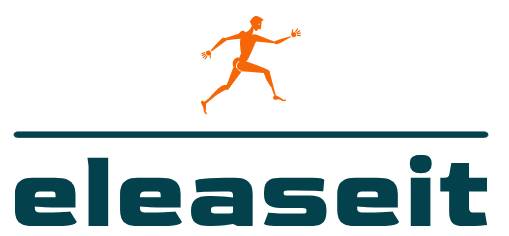
Ride Secure: Equestrian Riding Safety Guidelines
Equestrian pursuits bring immense joy, but safety must always be paramount. Whether trotting through serene trails or mastering intricate dressage movements, prioritizing equestrian riding safety ensures a secure and enjoyable experience for both rider and horse.
Proper Attire: The Foundation of Safety
Ensuring proper attire is a foundational aspect of equestrian riding safety. A well-fitted helmet is non-negotiable, providing crucial protection for the rider’s head in the event of a fall. Additionally, sturdy boots with a defined heel prevent slipping in the stirrup and offer ankle support. Wearing appropriate clothing, such as gloves and long pants, adds an extra layer of protection.
For valuable insights and tips on Equestrian Riding Safety, consider exploring Equestrian Riding Safety. This resource provides practical advice for ensuring a secure riding experience.
Secure Equipment: Checking Before Every Ride
Before embarking on any ride, thorough checks of the horse’s tack and equipment are vital for equestrian riding safety. Ensure that the saddle is properly secured, the bridle is in good condition, and all buckles and straps are correctly fastened. Regular maintenance and inspections contribute to preventing equipment-related accidents.
Mindful Mounting and Dismounting: A Crucial Ritual
Mounting and dismounting may seem routine, but they are critical moments for equestrian riding safety. Choose an appropriate mounting block to avoid unnecessary strain on the horse’s back. During dismounting, execute a controlled descent, avoiding sudden movements that could startle the horse. Consistent mindfulness in these actions fosters a calm environment and reduces the risk of accidents.
Warm-up Rituals: Preparing Body and Mind
Prioritizing warm-up rituals contributes not only to the rider’s flexibility but also to the overall equestrian riding safety. Gradually increasing the intensity of exercises allows the horse’s muscles to warm up, reducing the risk of strains or injuries. This intentional preparation sets the stage for a focused and responsive ride.
Trail Safety: Navigating Nature Responsibly
For those exploring trails, equestrian riding safety extends to responsible trail navigation. Stay on designated paths, avoid overgrown areas, and be cautious of uneven terrain. Maintaining a controlled pace, especially on unfamiliar trails, enhances safety for both rider and horse. Awareness of the surroundings and consideration for fellow trail users are key principles.
Communication with the Horse: A Mutual Understanding
Clear communication between rider and horse is fundamental to equestrian riding safety. Establishing a mutual understanding through consistent cues and signals enhances control and responsiveness. Practice effective use of reins, leg aids, and voice commands to convey intentions and maintain a harmonious partnership.
Group Riding Etiquette: Coordinating for Safety
For riders enjoying the camaraderie of group outings, adhering to group riding etiquette is essential for equestrian riding safety. Maintain a safe distance between horses to prevent crowding and potential kicks. Communicate openly with fellow riders about planned movements, and be considerate of the group’s pace and skill levels.
Weather Awareness: Adapting to Conditions
Equestrian riding safety requires keen weather awareness. Adapt riding plans based on weather conditions, avoiding rides during extreme heat, heavy rain, or storms. Slippery conditions can be hazardous, so adjust riding speed and exercise caution. Monitoring weather forecasts ensures informed decisions for a secure riding experience.
Emergency Preparedness: Anticipating the Unexpected
Anticipating the unexpected is a hallmark of equestrian riding safety. Equip yourself with a basic first aid kit, knowledge of emergency dismounting techniques, and an understanding of basic horse first aid. Communicate riding plans with someone aware of your location and expected return time. Being prepared for unforeseen circumstances enhances overall safety.
Continuous Education: Evolving Safe Practices
The commitment to equestrian riding safety includes a dedication to continuous education. Stay informed about the latest safety practices, attend riding clinics, and engage in ongoing learning. Evolving knowledge contributes to a rider’s ability to anticipate, prevent, and address potential safety concerns.
Conclusion: A Secure Journey Awaits
Ride secure with these equestrian riding safety guidelines. Whether you’re a seasoned rider or a novice explorer, prioritizing safety ensures that every journey with your equine partner is a secure and enjoyable adventure. By embracing these principles and fostering a safety-conscious mindset, riders contribute to the well-being of both themselves and their cherished horses.





